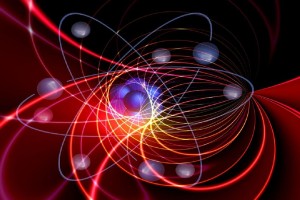The Physics Department offers a physics colloquium every Friday during the academic year. Researchers from outside the College are invited to talk about their work, students discuss their summer research projects and senior exercise topics, and alumni share their latest exploits.
Fall 2025
Physics Colloquium Archive
From gravitational waves to genes, from computer chips to black holes, Kenyon welcomed a wide variety of speakers during the 2024 - 2025 academic year. Learn more about the fascinating topics that guests, faculty members, alumni and students discussed last year.
